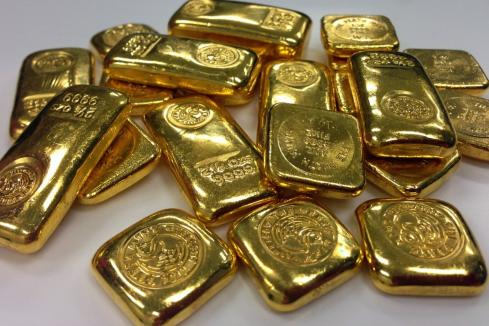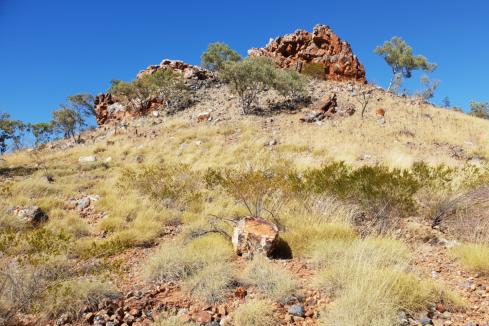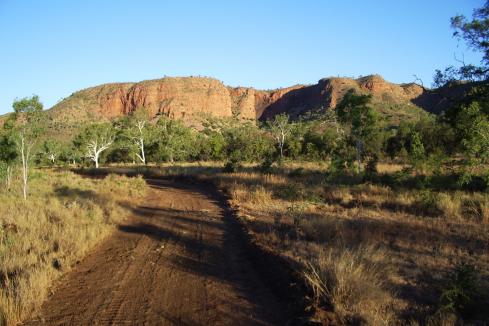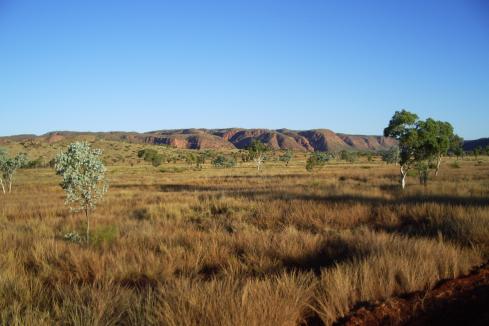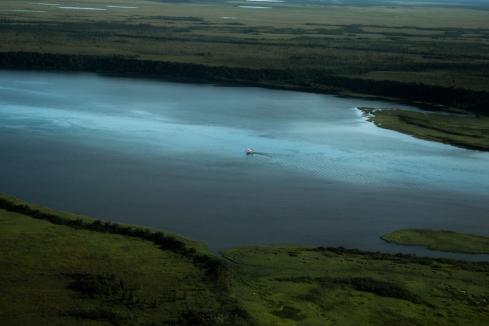King River Resources is set to unleash the drill bit in a new campaign designed to home in on high-grade gold targets at its Tennant Creek project in the Northern Territory following detailed interpretations of geophysical studies. The 1600m reverse-circulation drilling program will test newly-identified gold targets at the company’s promising Kurundi operation at Tennant Creek.

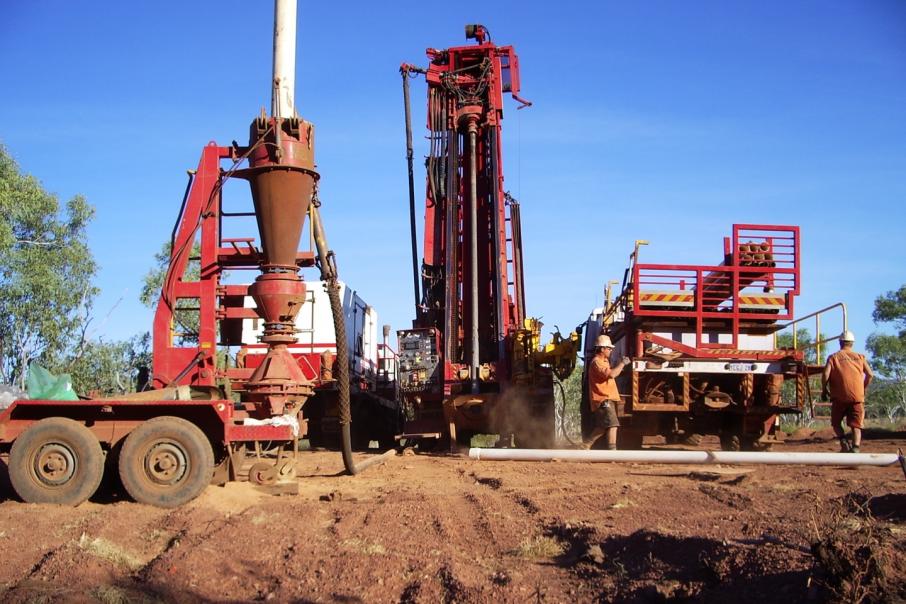
King River Resources is set to unleash the drill bit in a new campaign designed to home in on high-grade gold targets at its Tennant Creek project in the Northern Territory following detailed interpretations of geophysical studies.
The 1600m reverse-circulation (RC) drilling program, part of a wider 13,500m regional mission, will test newly-identified gold targets at the company’s promising Kurundi operation at Tennant Creek.
The recently-interpreted 2023 magnetic surveys have pinpointed areas of high-chargeability and resistivity anomalies, suggesting the presence of significant mineralised structures to the north. The results have also highlighted a resistivity anomaly at the project’s main workings, indicating a potentially thicker quartz vein at depth, which will be a primary target in the upcoming drilling program.
Given the promising nature of the findings, King River is keen to launch the RC program that will encompass 20 holes for the 1600m of drilling. It is designed to confirm the strike length of the main target structure, which is interpreted to extend more than 2.5km, and to explore deeper extensions of high-grade zones.
The plan is to use 800m to assess the main mineralised zone and new sub-parallel structures and the other half of the campaign to explore the northern and southern extensions. The program will also test several other potential drilling targets that were picked up following last year’s surveys.
In 2022, King River completed an initial drill program at Kurundi down to a vertical depth of 40m and delivered some impressive high-grade gold results including 7m at 6.35 grams per tonne from 25m including 2m going 21.3g/t, 6m at 4.77g/t from 29m including 3m with 9.28g/t and 6m reading 3.58g/t from 8m including 1m featuring an eye-catching 17.04g/t.
Management has earmarked a $2 million budget for the program at Kurundi, in addition to work at Tennant Creek East, Rover East and the Barkly projects. Ongoing RC drilling at other sites, including its targets at Providence, Langrenus and Commitment, has already intersected multiple ironstone and iron-altered zones, aligning with known high-grade copper and gold deposits.
Tennant Creek played witness to the last great gold rush in Australia in the 1930s and was the nation’s third-biggest gold producer at the time. Still to this day, it is the site of one of the last two operating 10-head stamp batteries, a government-owned ore-crushing machine.
The style of deposits discovered during the past century have been extremely high-grade, but frustratingly deceptive to unearth. Mineralisation tends to occur in small-to-medium-sized lenses within sheared ironstone along west-to-east and west/north-west-trending structures known as “lines of lode”.
Grades have tended to be high – typically 15g/t to 20g/t gold – with examples including the classic Juno and Nobles Nob deposits that host more than 1 million ounces each and have grades exceeding 50g/t to 60g/t. For that reason, the area has always been a tantalising prospect for explorers.
King River is progressing with its ambitious agenda to try and discover iron oxide-copper-gold (IOCG) deposits and unlock further mineral potential across its portfolio. And with a comprehensive exploration strategy that includes a substantial 13,500m of RC drilling this year, there is likely to be plenty of news flow coming out of the company in the near future.
Is your ASX-listed company doing something interesting? Contact: matt.birney@businessnews.com.au






